Growing Nemesia From Seed – How And When To Sow Nemesia Seeds
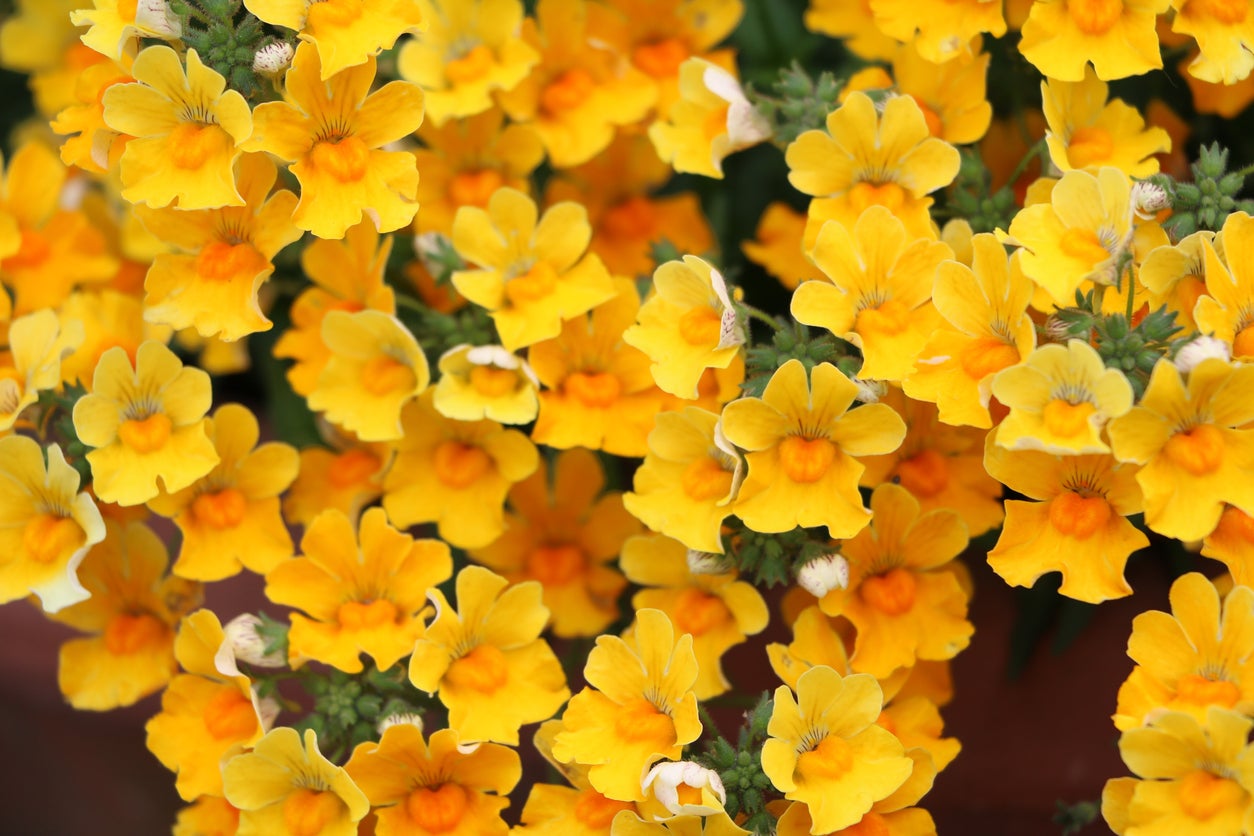

For many gardeners, the process of choosing when and what to plant in ornamental flower beds can be a difficult one. While it is easy to purchase blooming plants from garden centers and nurseries, the cost of creating a beautiful landscape can add up quickly. Thankfully, many flowers can easily and quickly be grown from seed, thus, creating impressive flower beds and borders at only a fraction of the cost. Nemesia flowers are a great option for gardeners having mild winter or summer temperatures.
When to Sow Nemesia
Nemesia plants produce small, vibrant blooms that are very similar to that of snapdragon flowers. Native to South Africa and naturally more cold tolerant than many other flowers, these hardy annual plants prefer cool conditions, and come in a wide range of bright colors. With their easy-to-grow habit, these ornamental plants are an invaluable asset to the home garden.
Choosing when to plant Nemesia seeds will greatly depend on your climate zone. While those with cool summer temperatures will be able to plant Nemesia in the spring, gardeners with warm summers and cool winters may have better success by planting in the fall.
How to Plant Nemesia Seeds
Once timing has been established, planting Nemesia seeds is relatively simple. When growing Nemesia from seed, no special treatment is required. In fact, this plant can be germinated indoors in seed trays and/or may be directly sown into the garden once temperatures have started to warm in the spring.
In general, Nemesia seed germination should take place within one to two weeks of sowing. Nemesia flowers can be transplanted into the garden as soon as the last frost has passed, or as soon as the plants have developed at least two sets of true leaves. Hardening off transplants will help reduce the risk of transplant shock and ensure greater success in the garden.
Caring for Nemesia Flowers
Beyond planting, Nemesia plants require little care. Like many other flowers, deadheading (the removal of spent flowers) will help to prolong bloom time into the summer. When temperatures begin to rise, growers may naturally start to notice a decline in bloom. At this time, plants can be cut back and may resume growth when temperatures have cooled in the fall.
Gardening tips, videos, info and more delivered right to your inbox!
Sign up for the Gardening Know How newsletter today and receive a free copy of our e-book "How to Grow Delicious Tomatoes".

Tonya Barnett has been gardening for 13 years. Flowers are her passion. She has transformed her backyard into a cut flower garden, which she regularly chronicles on her YouTube channel http://www.youtube.com/@tonyawiththeflowers.
-
 4 Superfast Composting Methods: Turn Waste Into Garden Gold In 30 Days Or Less
4 Superfast Composting Methods: Turn Waste Into Garden Gold In 30 Days Or LessTry the fastest composting methods to turbocharge your pile and transform kitchen scraps and garden waste into finished compost in just a few weeks.
By Mary Ellen Ellis
-
 Best Spider Plant Soil – Complete Soil Guide And Expert Tips For Keeping Plants Happy
Best Spider Plant Soil – Complete Soil Guide And Expert Tips For Keeping Plants HappySpider plants are fun and easy plants to grow, but what is the best soil for a spider plant? Selecting the right soil is important so they can thrive.
By Bonnie L. Grant
-
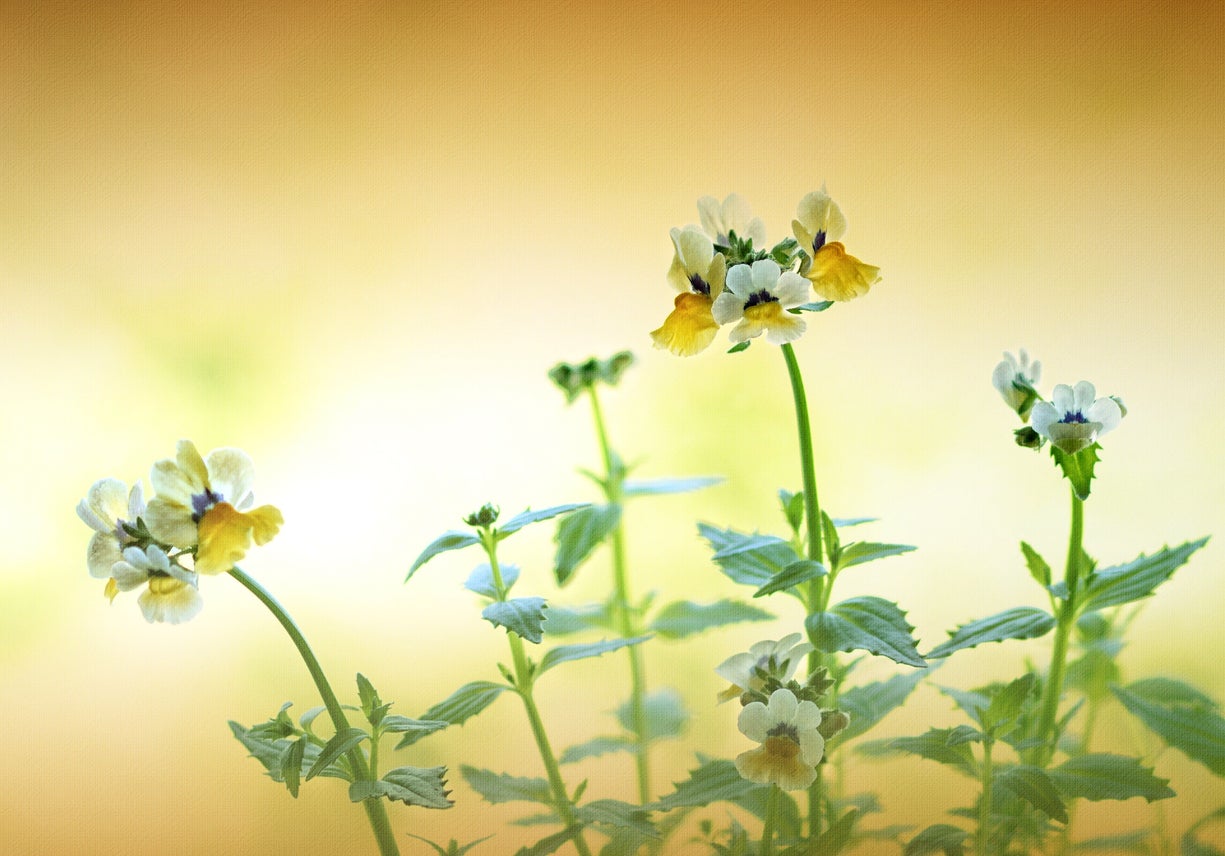 Growing Nemesia From Cuttings: Tips For Rooting Nemesia Cuttings
Growing Nemesia From Cuttings: Tips For Rooting Nemesia CuttingsIf you have some nemesia in your garden and want more, you can try rooting nemesia cuttings. Nemesia cutting propagation isn’t difficult if you know how to proceed. Click on the following article for information about growing nemesia from cuttings.
By Teo Spengler
-
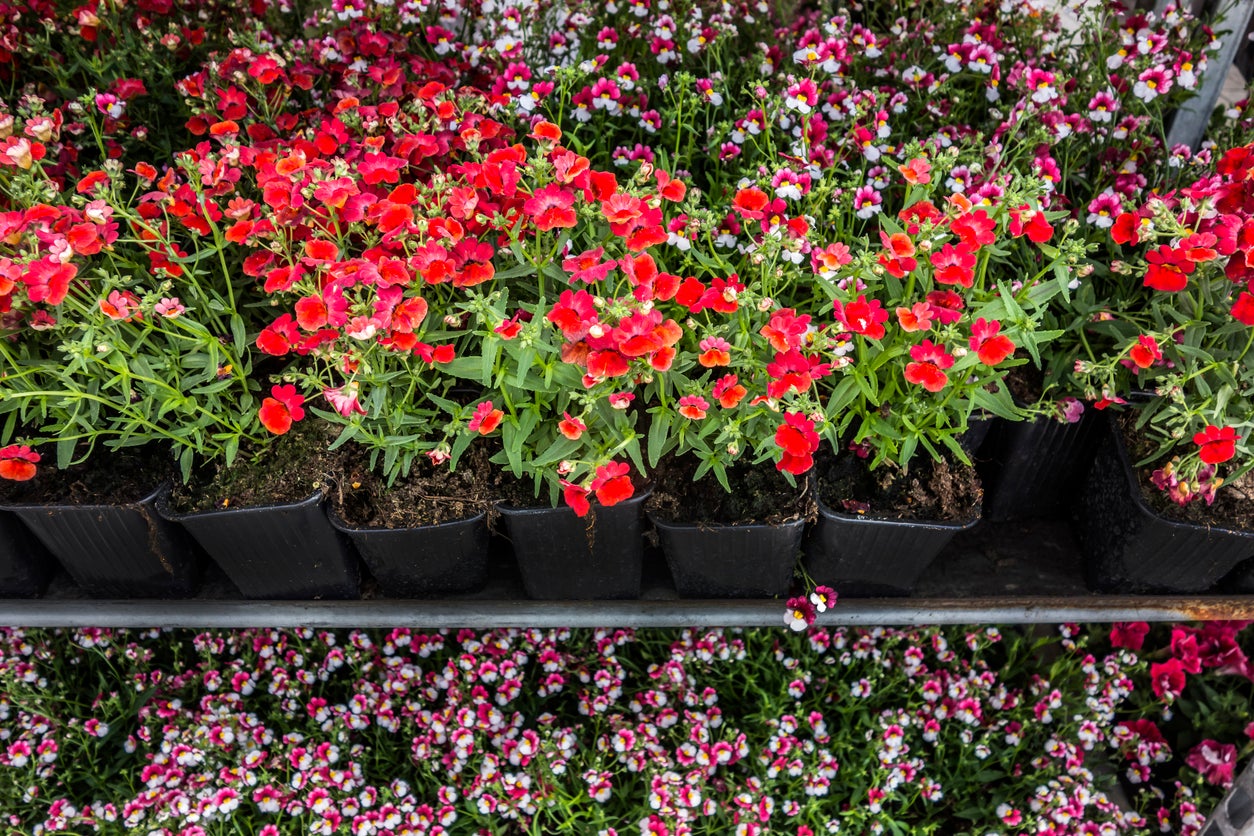 Nemesia Plant Propagation – Tips For Propagating Nemesia Flowers
Nemesia Plant Propagation – Tips For Propagating Nemesia FlowersNemesia is a pretty flowering plant that is most often used in gardens as an annual. Propagating nemesia flowers is an economical and easy way to keep this plant going year after year. Learn more about nemesia reproduction in this article.
By Mary Ellen Ellis
-
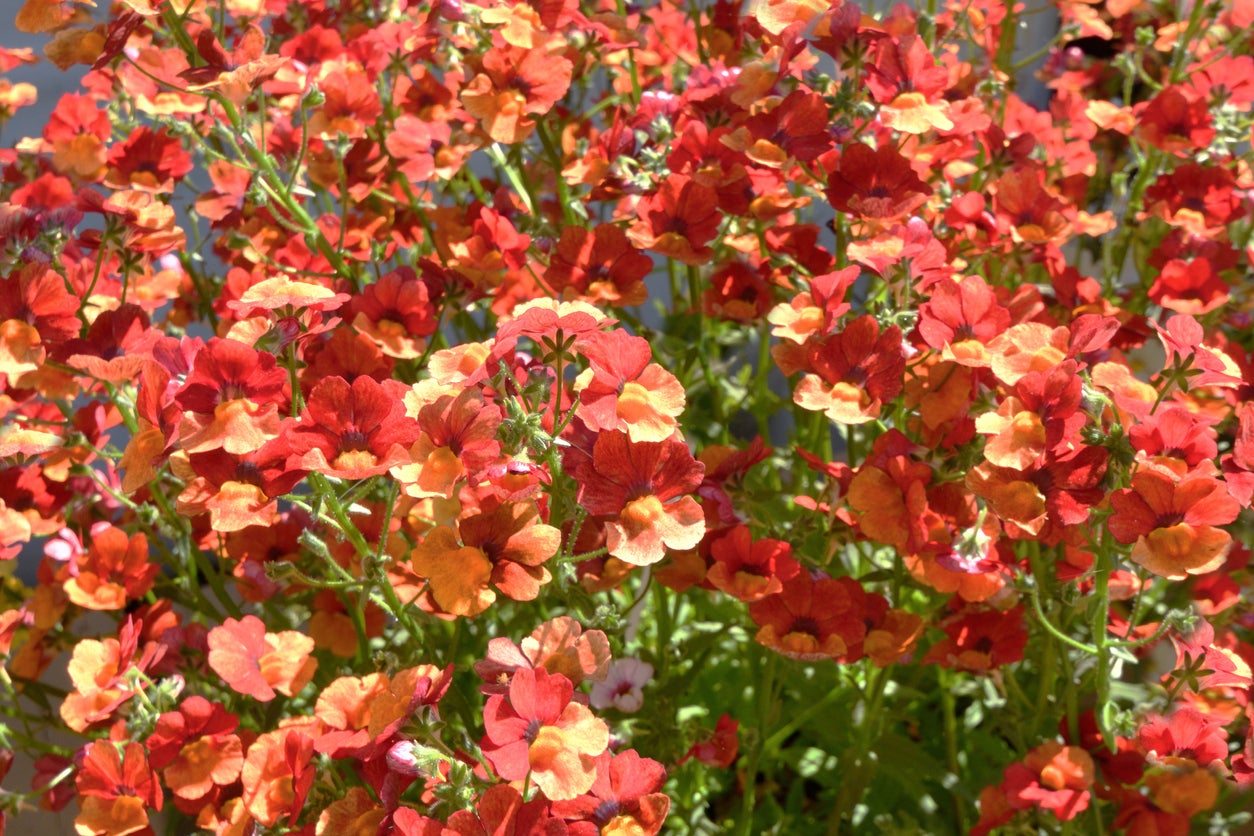 Nemesia Winter Care – Will Nemesia Grow In Winter
Nemesia Winter Care – Will Nemesia Grow In WinterIs nemesia cold hardy? Sadly, for northern gardeners, the answer is no, as this native of South Africa, which grows in USDA plant hardiness zones 9 and 10, definitely isn’t cold-tolerant. But this doesn’t mean you cannot enjoy the plant. Click here to learn more.
By Mary H. Dyer
-
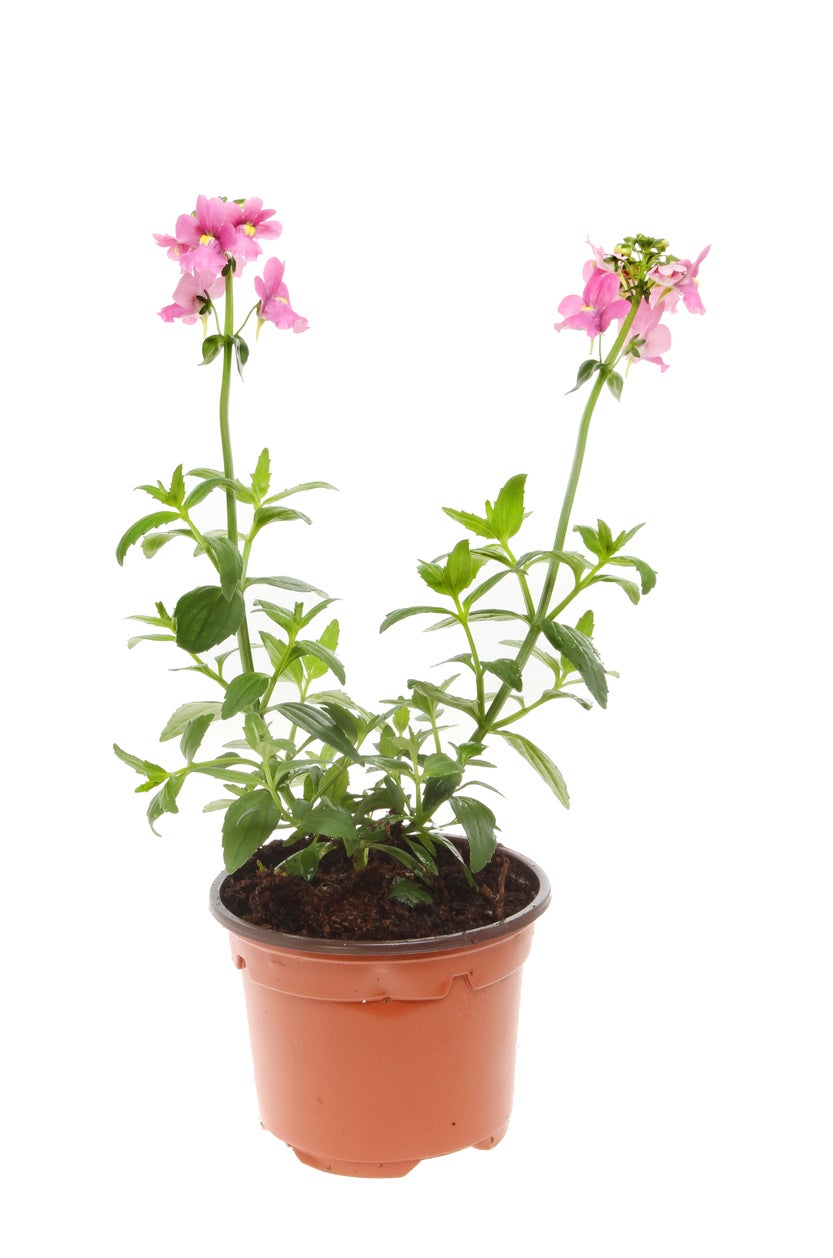 Keeping Nemesia In A Pot: Can You Grow Nemesia In Planters
Keeping Nemesia In A Pot: Can You Grow Nemesia In PlantersCharming little nemesia in planters bring ease of care along with their whimsical blooms. Add container grown nemesia plants to your patio garden repertoire and enjoy their sunny character. You can learn more about the care of potted nemesia plants here.
By Bonnie L. Grant
-
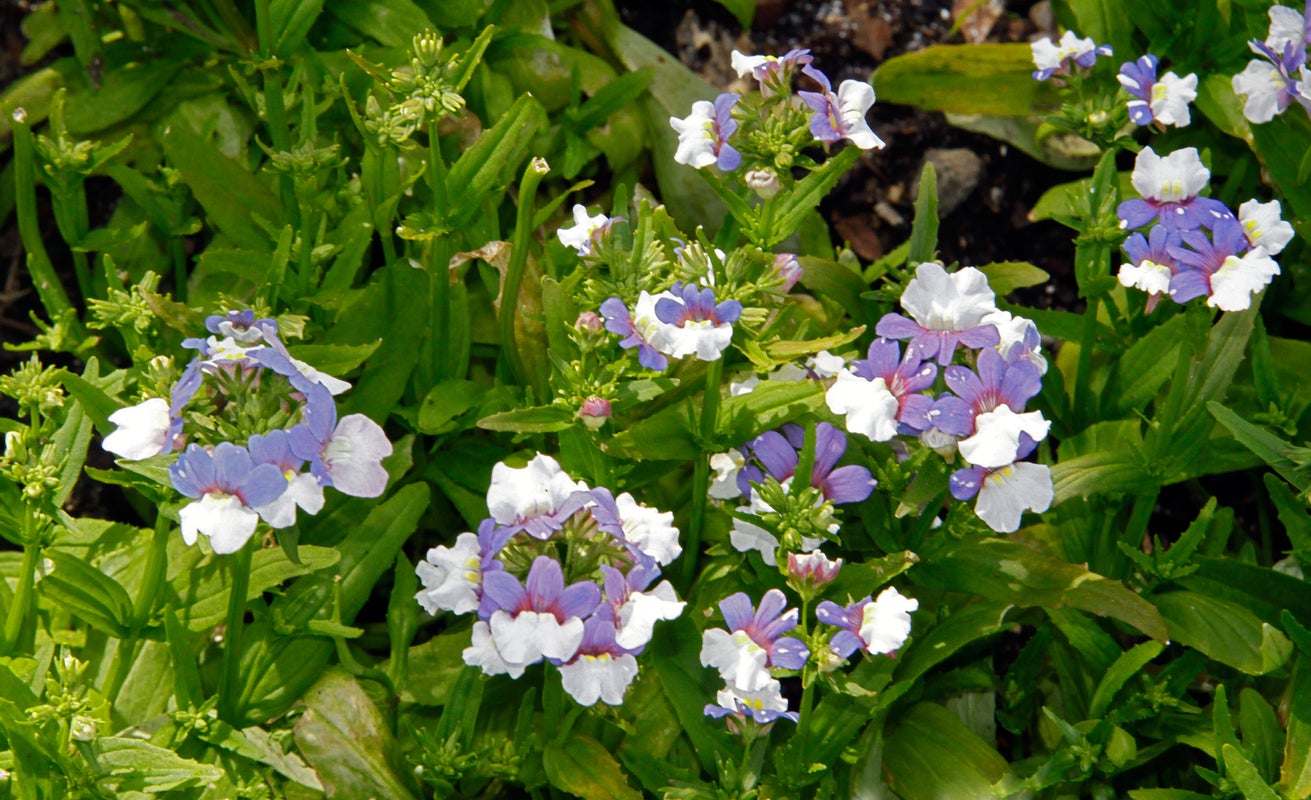 Cutting Back Nemesia: Does Nemesia Need To Be Pruned
Cutting Back Nemesia: Does Nemesia Need To Be PrunedNemesia is a small blooming plant popular for the lovely spring blooms. What about when they are done blooming: does Nemesia need to be pruned? Turns out, cutting back Nemesia post-bloom may just give you another round of blossoms. Learn more on pruning them here.
By Amy Grant
-
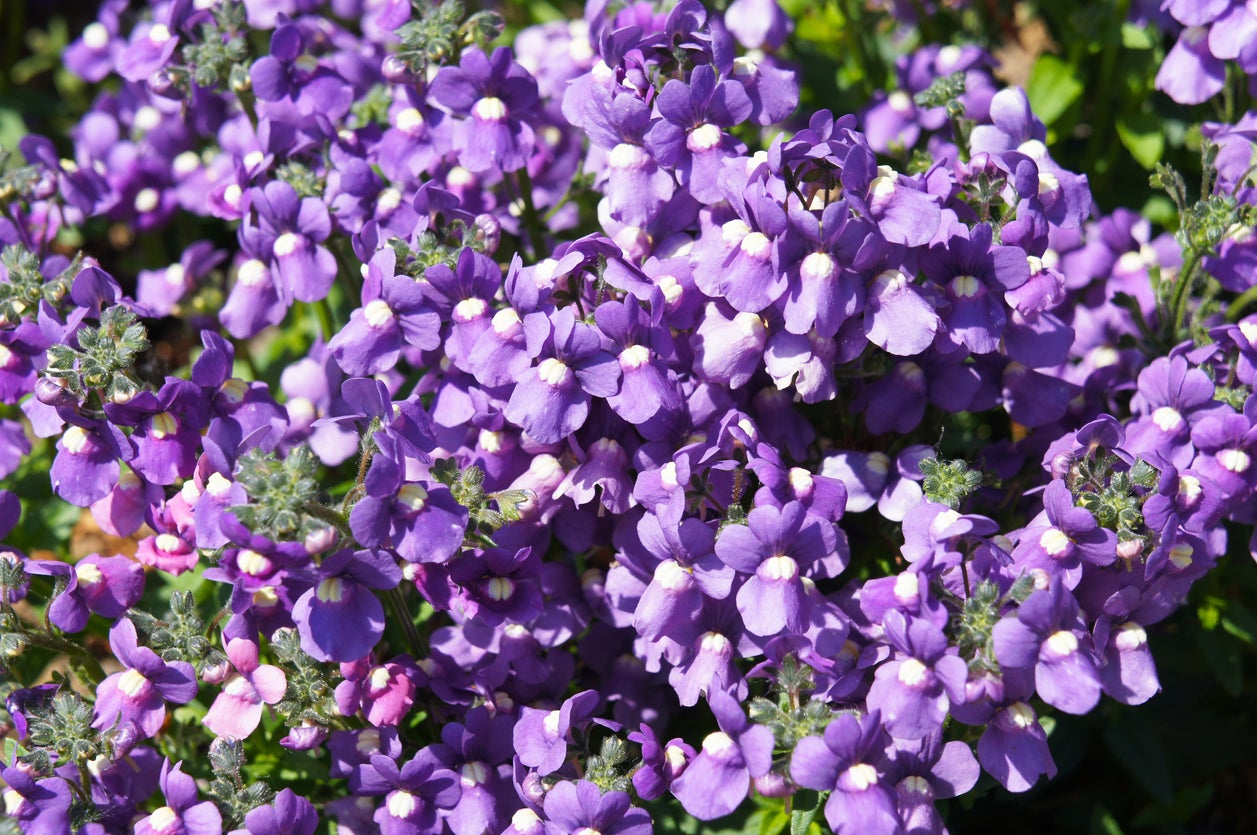 Nemesia Troubleshooting: What’s Wrong With My Nemesia Plant
Nemesia Troubleshooting: What’s Wrong With My Nemesia PlantWhile nemesia plant problems aren’t usually serious, there are some common nemesia issues for which to keep an eye out. Learn how to spot them in early development so they don’t mar your beautiful flowering plants. This article can help with that.
By Becca Badgett
-
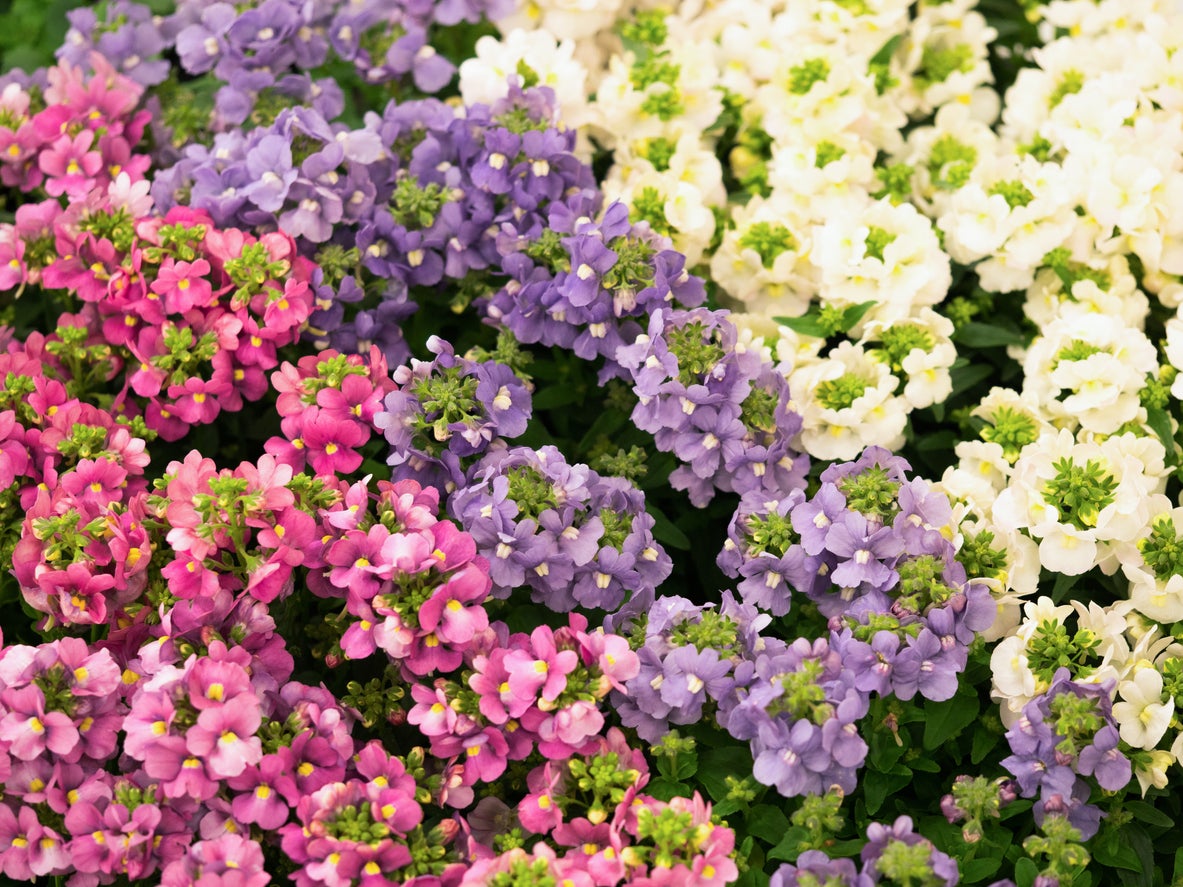 Nemesia Plant Types – Growing Different Varieties Of Nemesia Flowers
Nemesia Plant Types – Growing Different Varieties Of Nemesia FlowersNemesia flowers grow as small, showy bedding plants. that add colorful swaths of breathtaking, low growing flowers in late spring. New and different kinds of nemesia are more heat tolerant and have a pleasant fragrance. Click here for info on nemesia varieties.
By Becca Badgett
-
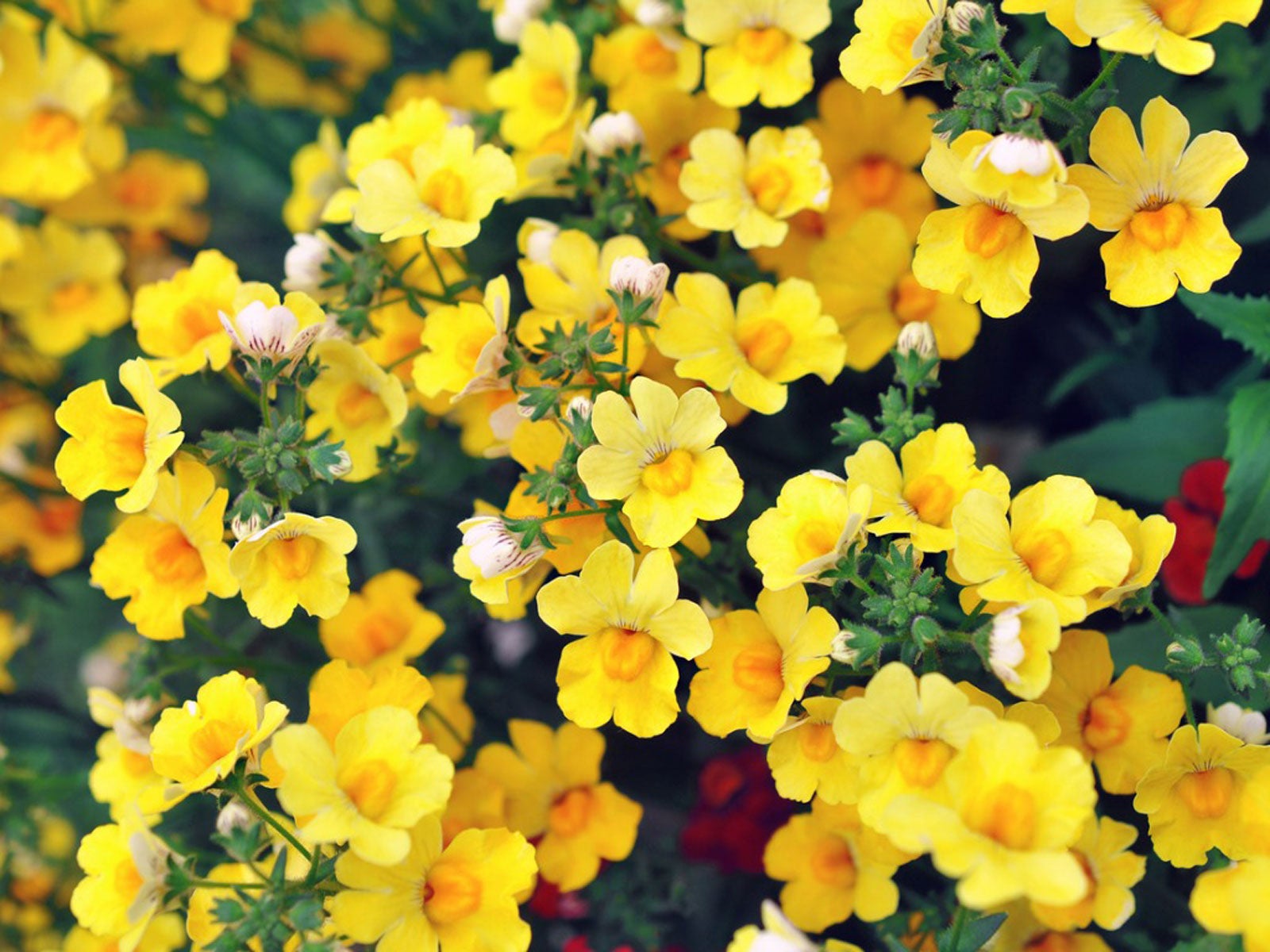 Nemesia Plant Care - How To Grow Nemesia Flowers
Nemesia Plant Care - How To Grow Nemesia FlowersAt a distance, Nemisia looks a lot like edging lobelia, with flowers that cover low-growing mounds of foliage. Up close, Nemesia flowers might also remind you of orchids. Click here to learn where they grow.
By Jackie Carroll